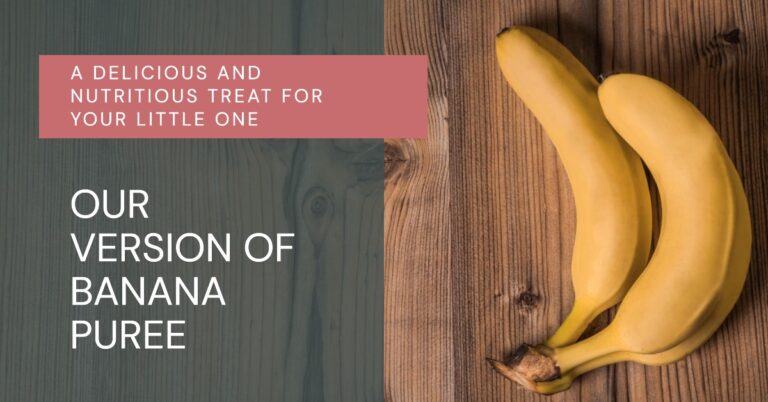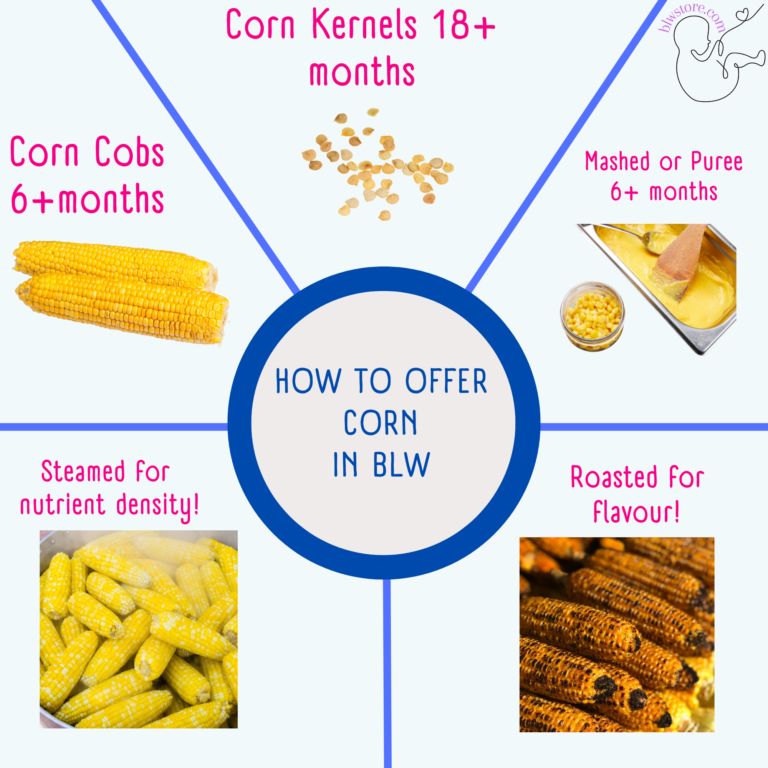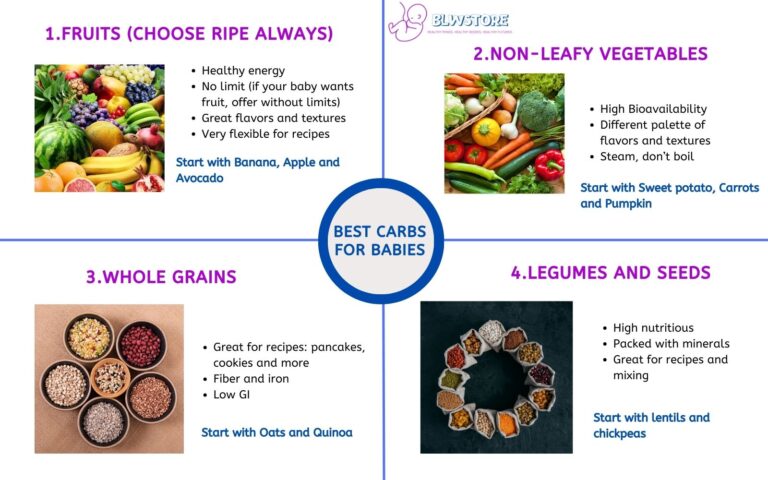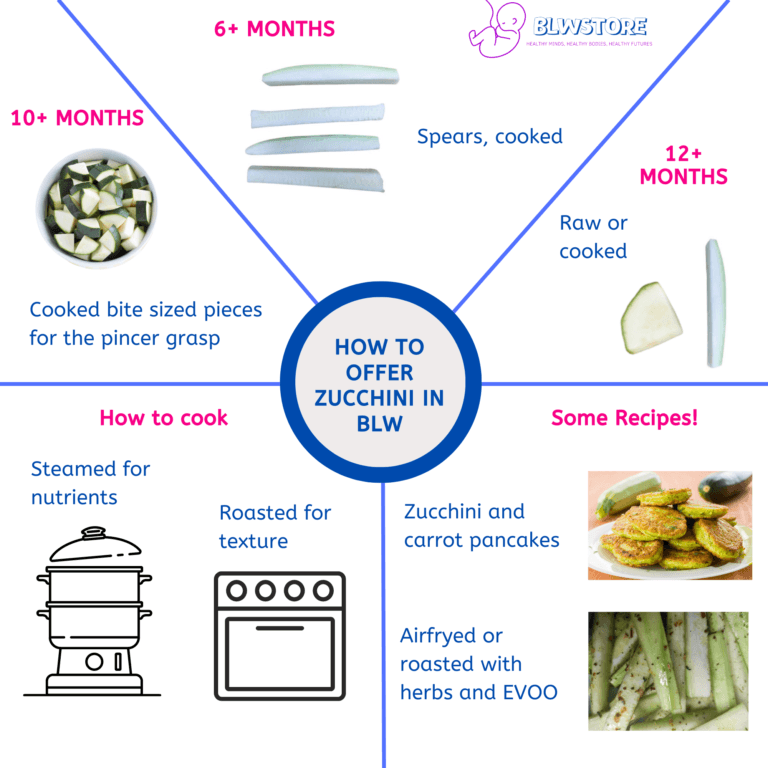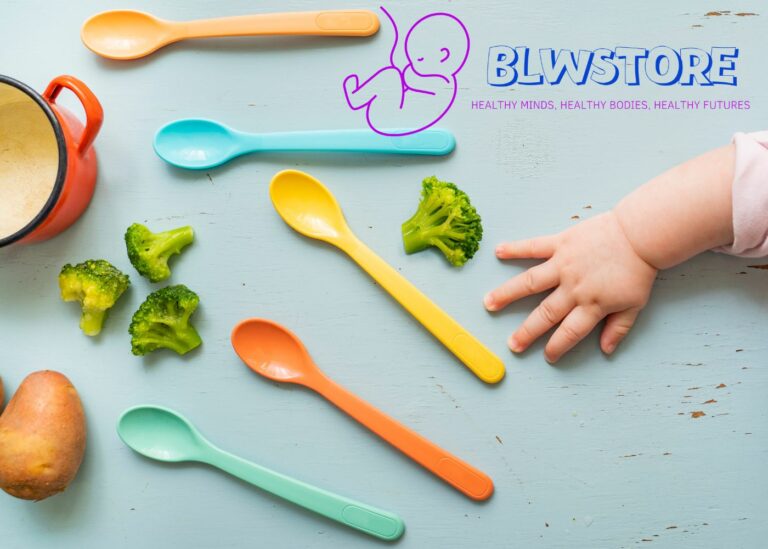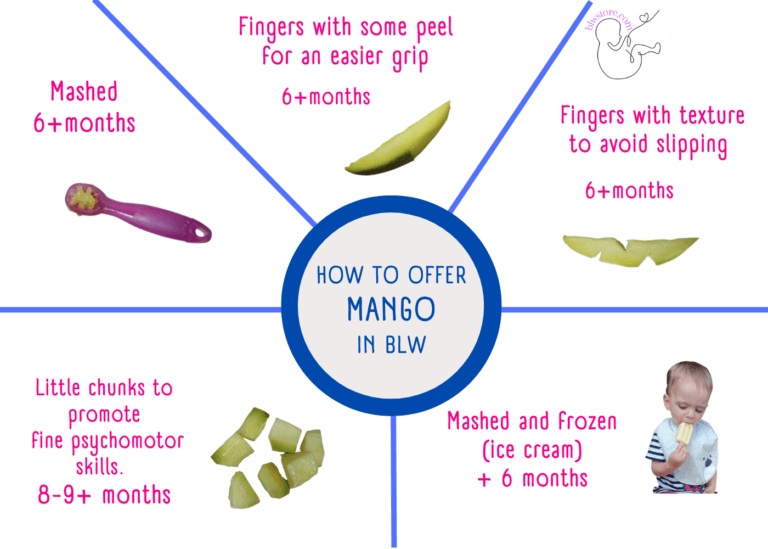
The perfect summer snack: creamy, sweet, and cold… the beloved ice cream. Kids and adults love it, but, when is it the right time to start offering it to our baby or toddler?
This post will answer that question and provide valuable information, like the best alternatives to ice cream and an amazing homemade ice cream that your baby will love.
Let’s get after it!
Our Short Answer
The official recommendation is to wait until your baby is at least 12 months old before offering conventional store-bought ice cream. Our personal recommendation is to wait as long as possible.
If you wish to serve ice cream to your child, we recommend choosing brands with minimal additives and natural ingredients or better yet – making homemade ones! This will not just keep their diet healthy but also versatile.
Remember—”too much of anything is bad.” Maria and I have personally refrained from offering Pablo any processed ice cream till he was old enough to understand its impact on health—despite him being three now!
It all boils down to consuming food in moderation while balancing it with nutritious meals overall. There might be days when you want to spoil your little one a bit—and that’s perfectly okay! Just make sure this doesn’t become a habit.
Recommended reads: How to introduce solids | Baby-led Weaning Guide | When Can Babies Have Dairy?
Ice Cream’s Nutritional Information: Is It Good for Babies and Toddlers?
| Ice Cream Flavor | Calories | Fat | Carbs | Sugar | Protein | Calcium |
|---|---|---|---|---|---|---|
| Vanilla | 137 | 7 g | 16 g | 14 g | 2.3 g | 84 mg |
| Chocolate | 143 | 7.3 g | 17 g | 15 g | 2.4 g | 88 mg |
| Strawberry | 127 | 6.6 g | 15 g | 13 g | 2.1 g | 79 mg |
| Mango | 118 | 3.5 g | 20 g | 17 g | 3.6 g | 121 mg |
| Banana | 145 | 6.5 g | 19 g | 16 g | 2.8 g | 86 mg |
We mustn’t forget that ice cream isn’t necessarily a superfood when it comes to your baby’s nutrition. While it is a tasty treat for most, its nutritional profile may raise some eyebrows among parents.
Many commercial ice creams contain additives, artificial flavors, and high sugar levels that aren’t beneficial for your baby or toddler. These could contribute to unhealthy body weight, cavities in teeth, and in some cases, even blood sugar fluctuations leading to mood swings.
Another critical ingredient in most ice creams is dairy.
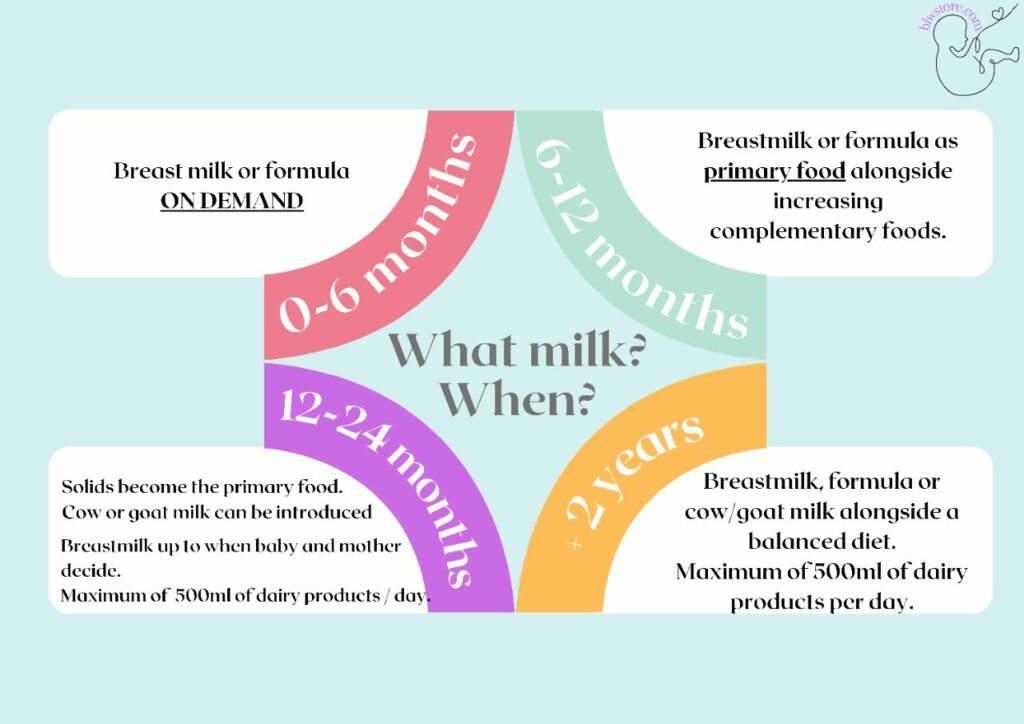
When Can Babies Eat Ice Cream?
Most pediatric experts suggest waiting until your baby is at least one year old before introducing them to ice cream. This is because their digestive system is more mature by this stage and can handle a larger variety of foods, including dairy.
Around the age of six months, you’ll notice signs of readiness for solid foods in your little one—they can sit with support, and show curiosity toward food around them.
This however doesn’t mean they’re ready for ice cream just yet! While solid foods should start becoming a part of their diet from this age on, foods like ice cream, which contains potential allergens (in this case, dairy) should be introduced gradually. Introduce allergenic foods individually over time to watch out for any adverse reactions or intolerance.
In the case of ice cream, since it falls under dairy products, you might want to wait until your baby is around 9-10 months old before giving it a try. It’s always wise to consult with your pediatrician before doing so—remember that each child’s development and dietary needs vary.
What are the best Ice Cream Alternatives?
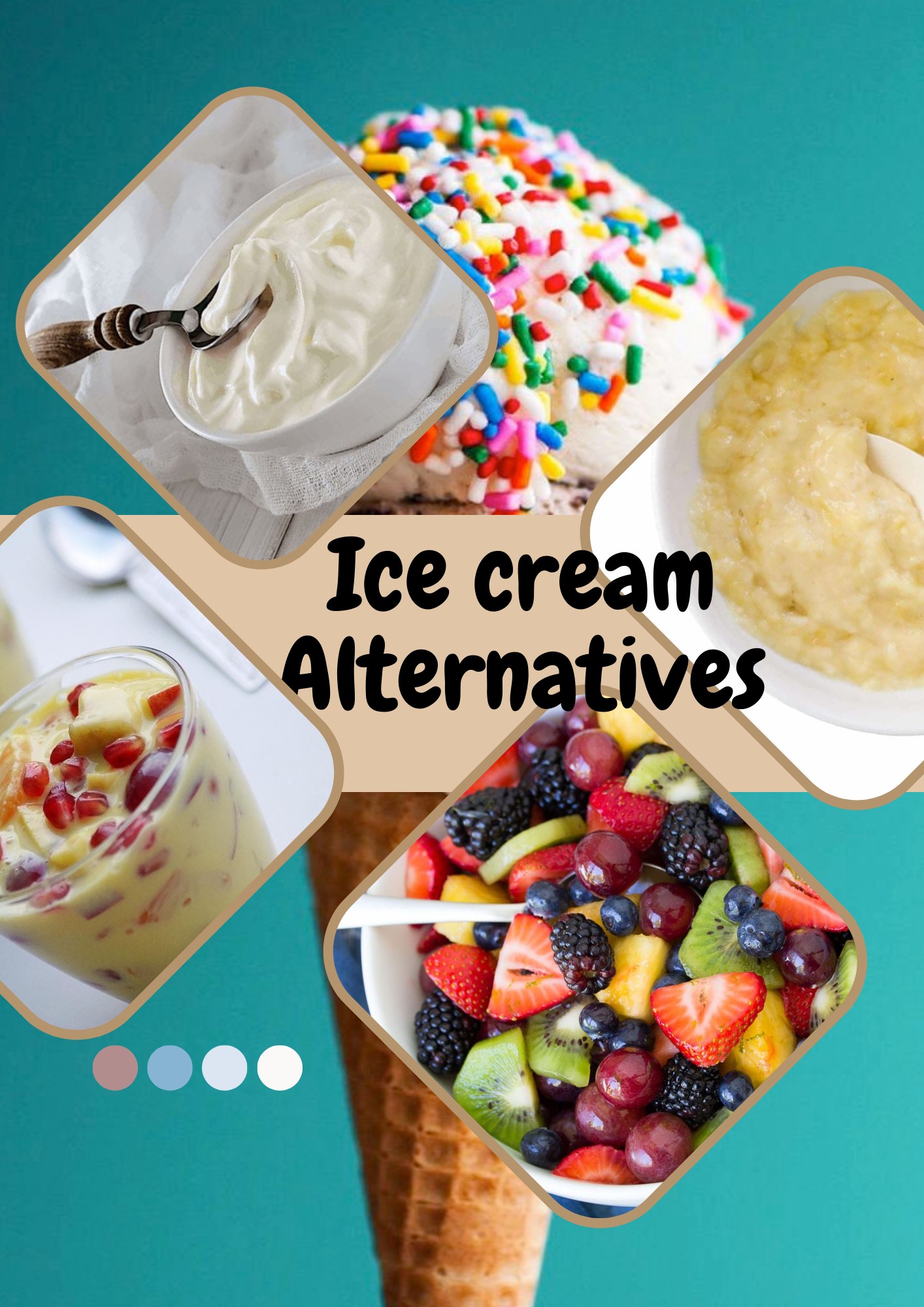
- Homemade ice creams give you complete control over the ingredients used. You can make a simple and nutritious treat using fruits and their preferred milk – whole milk for older toddlers or breastmilk or formula for the younger ones. This makes for a fantastic alternative to traditional ice cream as it removes unwanted sugars and additives while packing vitamins from the fruit.
- Another great option is yogurt-based desserts. Plain full-fat yogurt can be introduced around 8 months of age, before many other dairy products. It can be combined with mashed fruits to create a creamy dessert with good bacteria for your child’s gut health.
- Fruit slices or purees should not be forgotten as well; they provide natural sweetness without any added sugars. Plus, they’re packed with beneficial fiber that helps regulate digestion.
How Often Should you Give Ice Cream to your Child?
Occasionally, but how often is ‘occasionally’?
A good rule of thumb is to serve ice cream no more than once or twice per week. Each serving should also be appropriate for your child’s age – a toddler doesn’t need as large a portion as a teenager.
An appropiate weekly serving is the same volume of ice cream as your baby’s closed fist, divided in two or three servings along the week.
These are not strict rules but guidelines that will help ensure your child enjoys this treat without it becoming the main driver of their nutrient intake. Moreover, moderation helps prevent an overreliance on sugary foods overall.
Our Favorite Homemade Ice Cream Recipe: Banana and Mango
At times, when we want to indulge Pablo with a sweet treat, we whip up our favorite homemade ice cream recipe. The best part is that it requires only a handful of naturally sweet ingredients.
Our favorite? The Mango-Banana Ice Cream!
Why reach for a store-bought tub packed with added sugars and preservatives when you can effortlessly make your child a fresh batch at home?

Here’s how to get started:
Ingredients:
- Ripe mango
- Banana
- Milk (whole milk, formula, or breast milk depending on your child’s age)
- Optional: A pinch of cinnamon for extra warmth
Instructions:
- Peel and chop the mango and banana into chunks.
- Throw the fruit chunks into a blender.
- Add just enough milk to give the mixture a creamy consistency.
- If you wish to use cinnamon, sprinkle some in—albeit sparingly!
- Blend until smooth.
- Pour this mixture into ice cream molds or an ice tray if you want bite-sized frozen bits.
- Record your baby’s pleased face as they taste it!
Note: If you don’t have molds, don’t worry! Pour it all into a container—after it freezes for about an hour or so, stick in some wooden sticks for classic ice pops.
It’s great for teething babies or as an occasional summer treat! Remember that while this homemade version is healthier than commercially produced ones, it should still be consumed in moderation as part of a balanced diet.
Hopefully, your little one enjoys this recipe as much as Pablo does. Happy cooking!
Last Words
Ice cream is a treat, so treat it as such.
It’s always best if you make homemade ice cream, so if you have the chance, experiment with different fruits until you find one that your baby loves.
Happy feeding!
We’re Maria and Alberto, a married couple and educators who are nutrition enthusiasts. Even before we had kids, we were already crazy about nutrition.
We’d read scientific articles, watch videos from nutritionists, and spend hours listening to nutrition podcasts.
Today, we continue doing this, but in a different way, as we’ve learned to sift through the noise and trends. Nutrition, like any other field of knowledge, the more you read and learn, the more you develop a comprehensive understanding of reality, and that’s what has happened to us.
Before having our first child, we focused on learning everything we could about child nutrition, using the same techniques we had already employed, backed by our extensive knowledge in nutrition.
Our mission is to help other parents with their children’s nutrition, to help them become the best versions of themselves.
If we are what we eat and drink, which is absolutely true, let’s do it right!


